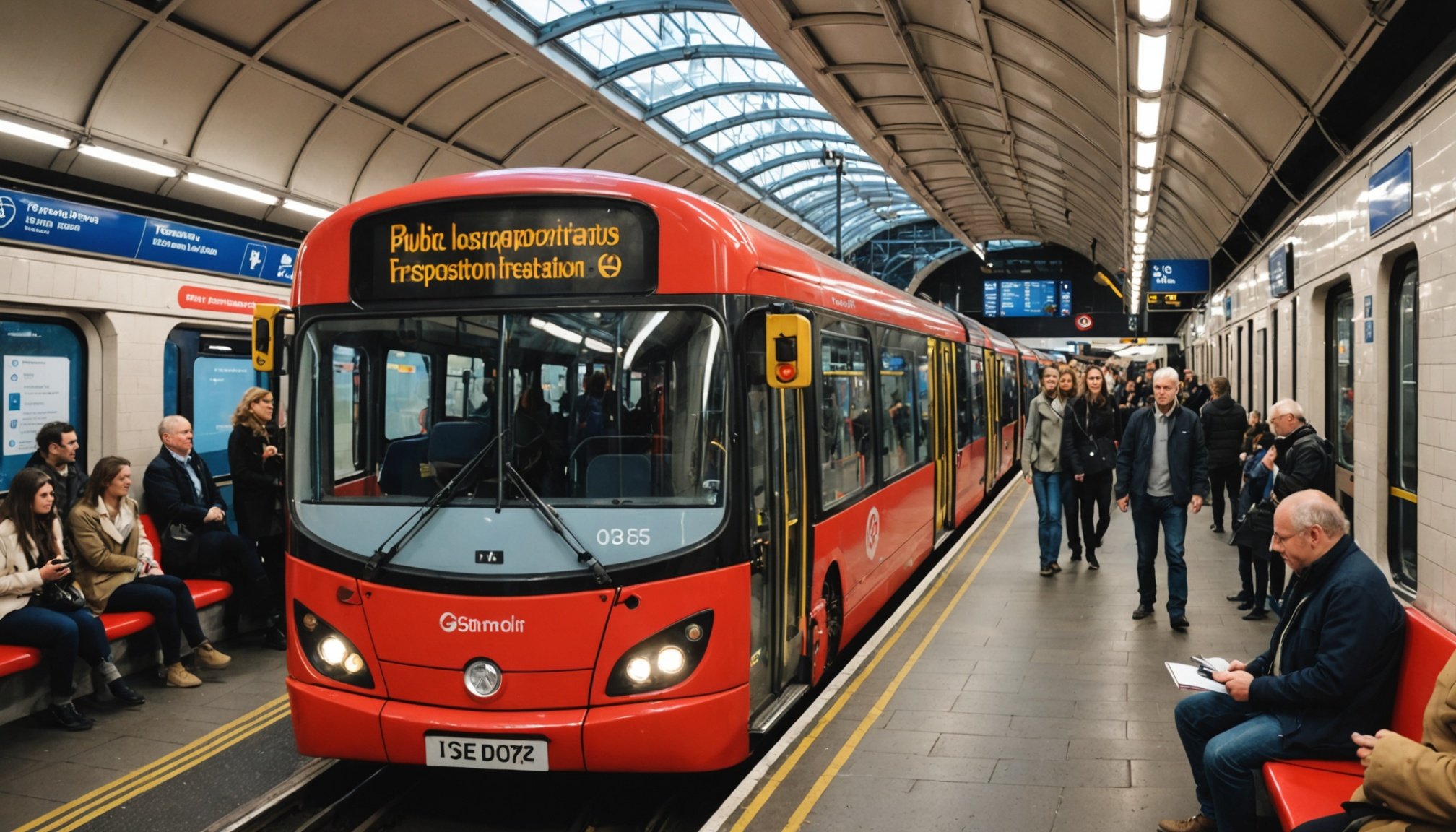Visiting London for the first time can be as thrilling as it is overwhelming, especially when it comes to understanding the city’s extensive public transportation system. With its intricate web of trains, buses, and underground routes, knowing how to navigate these options efficiently can significantly enhance your experience. In this article, we will guide you through the essential aspects of using public transportation in London, ensuring that you feel confident and ready to explore the city. Whether you’re planning to visit iconic landmarks, hidden gems, or local eateries, understanding how to get around will make your journey much smoother.
Understanding the Transport Options
London boasts a diverse range of public transportation options, each designed to cater to different needs and travel styles. At the core of the city’s transport network is the London Underground, commonly referred to as ‘the Tube.’ This vast system consists of 11 lines and covers a significant portion of the city, making it one of the quickest ways to get around. Signage is clear, with color-coded lines making it easy to follow your route. Each station is equipped with maps and information boards, so you can easily plan your journey.
This might interest you : Reliable Taxi Services in Gembloux for Hassle-Free Travel
Buses are another integral part of London’s transport ecosystem. They are more than just a means of getting from point A to point B; they also provide an opportunity to see the city as you travel. With an extensive network covering both central and outer London, buses run frequently throughout the day and night. Keep in mind that as a visitor, you won’t be able to pay with cash on the bus; you will need to use a contactless payment card or an Oyster card.
Don’t overlook the Docklands Light Railway (DLR) and the London Overground. The DLR serves parts of East London and is driverless, offering a unique experience, while the Overground connects you to different suburbs, making it easier to reach areas not serviced by the Tube. Furthermore, you can consider taking a riverboat service along the Thames, which not only gets you to your destination but also gives you stunning views of some of London’s most famous landmarks.
Also to see : Discover the hidden gems of the borghese museum in rome
Acquiring the Right Ticket
Before you embark on your adventures in London, it’s crucial to understand the ticketing system for public transportation. One of the most convenient options is the Oyster card, which you can use on the Tube, buses, DLR, London Overground, and even some riverboat services. This smart card is pre-loaded with credit, allowing you to tap in and out of stations easily. You can purchase an Oyster card at any Tube station or online, and it’s ideal for first-time visitors as it offers discounted fares compared to paper tickets.
Alternatively, you can use a contactless debit or credit card. This option works similarly to the Oyster card, but there’s no need to purchase a separate card. Just ensure your card is contactless-enabled, and remember to tap in and out when you travel.
If you plan to explore the city extensively, consider getting a Travelcard or Bus & Tram Pass for unlimited travel on buses and trams within the chosen zones. These are available for various durations, including one day, one week, or one month. For tourists, the Visitor Oyster card might also be appealing, as it includes additional discounts on attractions.
Understanding the pricing structure is also essential. Fares are divided by zones, with central London being Zone 1. The further you travel from the center, the higher the fare. Always plan your trips according to the zones you’ll be traveling through to avoid unexpected costs.
Mastering the Tube System
Navigating the Tube can be daunting at first, but with a little knowledge, you can move through the city effortlessly. Start by familiarizing yourself with the Tube map, which is a crucial tool for any traveler. The map is not geographically accurate but instead prioritizes clarity, ensuring you can easily find your route. Each line is color-coded, and major stations are clearly marked.
When you enter a station, look for the signs that indicate which direction you need to go. All stations have maps that display the stops along the line, allowing you to plan your journey in advance. When you arrive at your destination, it’s also helpful to know which exit you need to take, as many stations have multiple exits leading to different streets and attractions.
During peak hours, the Tube can become crowded, so be prepared for rush hour travel. If you’re traveling during busy times, try to stand to the side of escalators to allow faster passengers to pass. Also, keep a close eye on your belongings, as crowded conditions can sometimes attract pickpockets.
For those with accessibility needs, many Tube stations may not have step-free access, but Transport for London (TfL) provides information on which stations are accessible. Additionally, you can seek assistance from station staff if you require help navigating the system.
Using Buses to Your Advantage
Buses offer a unique perspective of London as you travel. They are often slower than the Tube due to traffic, but you can enjoy the sights along the way. To catch a bus, always check the bus stop signs for the routes that serve that location, and make sure to arrive on time. Buses generally run every few minutes, so if you miss one, another will be along shortly.
When riding the bus, remember to tap your Oyster or contactless card on the reader when you board. Unlike the Tube, there’s no need to tap out when you disembark. Familiarize yourselves with the bus routes and schedules by checking the TfL website or downloading a travel app that provides real-time updates.
If you’re in central London, consider using the iconic Red Routemaster buses. These vintage buses not only provide a nostalgic experience but also offer an open-top option for fantastic views of the city. A popular route is the number 15, which takes you past many attractions, including St. Paul’s Cathedral and the Tower of London.
While buses are generally reliable, they can be subject to delays due to traffic, especially during peak hours. Plan accordingly and allow extra time for your journeys. If you’re traveling late at night, remember that the bus service operates on a reduced schedule, so check the latest timetables.
Navigating London’s public transportation system as a first-time visitor may seem challenging at first, but with the right knowledge, you can travel like a local. Understanding the various transport options, acquiring the appropriate tickets, mastering the Tube, and using buses effectively will allow you to traverse the city with ease. As you explore London’s rich history and vibrant culture, the journey itself will become a memorable part of your adventure. Embrace the experience, and enjoy the sights and sounds of one of the world’s most iconic cities.











